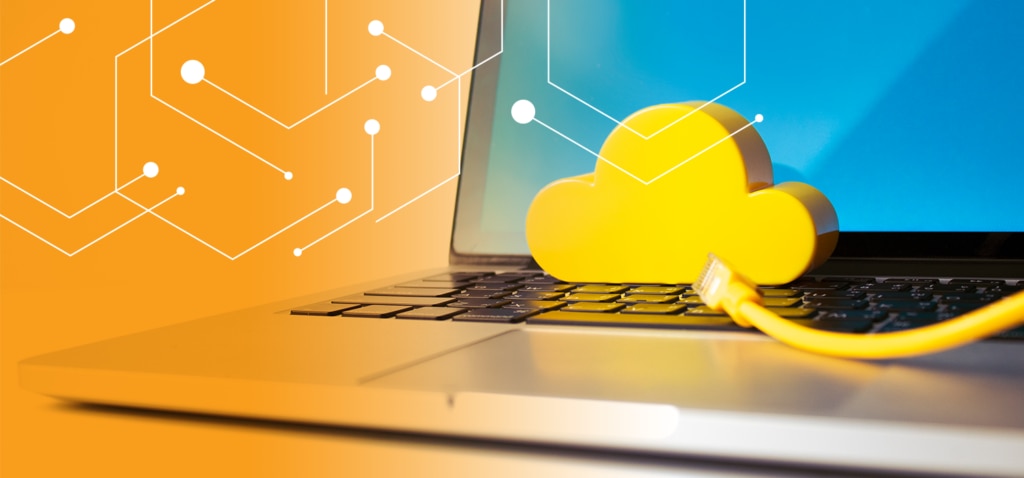How to Use Cloud Software Design Best Practices to Make a Smooth(er) Transition
In many organizations across just about every industry, we’re finding that the role of the service desk is rapidly evolving. This is due to many converging factors, trends, and pressures, such as the Internet of Things, cloud-based technologies, the consumerization of technology, the digitization of the workplace, enterprise (employee) service management, and bring your own device, among other recent trends. In order to stay current with the rapidly evolving role of the service desk, best practices must be employed in a near-constant effort to upgrade your service desk experience. When designing an upgrade for your service desk, certain key items – chief among them cloud-based software best practices – must be considered and employed if you’re looking for a smooth (or at least a smoother) transition. Among these considerations, you’ll find obvious ones like performance, availability, and security, as well as more optional considerations like functionality, and environmental concerns. These days, technically speaking, no consideration should be termed optional when it comes to supporting the ongoing development of ITSM and your service desk.Key Items to Think About When Planning the Cloud Software Design for Your Service Desk
It can be all too easy to get bogged down in the many possibilities available to you when designing a cloud-based software upgrade for your service desk. In many ways, it can be far better to approach the task from a “what is necessary” perspective, rather than from a “what is possible” one. You can always add more features later, once you’ve taken care of the core requirements, but understanding and squaring away core requirements first is critical if you expect to achieve success. So what are the base requirements necessary for a successful service desk upgrade?- Performance
- Performance should be monitored on a regular basis, simply because it impacts all other aspects of service desk functionality. Failing to meet basic expectations around service desk performance can negatively impact your entire organization both internally and in the eyes of external stakeholders. That is why it is very important to build performance expectations (and their measurement) into any service desk upgrade.
- Availability
- If your organization is anything like most others, the functions performed by your service desk need to be available on a round-the-clock basis, even if there is no one available directly during off hours. Through building in self-service, automated, and AI options into your service desk upgrade, you can ensure round-the-clock functionality without having to spend unnecessary dollars on 24-7 staffing. That said, a chain is only as strong as its weakest link, therefore, redundancies also need to be built into the system at potential points of failure, and availability must be monitored and measured.
- Security
- Security has likely never been more crucial to your organization and has also likely never been harder to guarantee. For this reason alone, it is imperative that security considerations and protocols be built into the design of your cloud based software service desk upgrade, and not added-on after a review of potential security issues with the design. Better to design them in and then conduct an additional review for potential security threats.
- Environments
- Another important consideration to build into the design of your upgrade is driven by the mapping and testing environments you will need to ensure that your upgrade is prepared to launch. Building environments for testing (at the very least two, and up to four if you can afford it) should be considered a mandatory best practice.
- Functionality
- Lastly, functionality (the end user’s perception of your design) is something that should be built into your design from the very beginning. Given the ongoing consumerization of technology and users expectations that all digital interfaces be as simple and intuitive to navigate as a social media site, UX considerations should never be an afterthought. If you want them to use what you’re designing and building, and you want them to be satisfied with their use of it, then you have to consider how they experience using it as you design it. Building a functionality assessment into your testing and measurement of your service desk is another best practice.
Designing for the Details
Employing cloud software design best practices when designing your service desk upgrade can make a significant difference in the performance, availability, security, and perceived and real functionality of your final product. Further, taking the time to build in considerations around these key points during the design process can save you an immeasurable amount of headaches during implementation. To learn more about moving your service desk to the cloud, visit the Samanage blog. hbspt.cta.load(41925, '1ffc7cf1-aa22-4902-9967-db31d946fde8', {});
hbspt.cta.load(41925, '1ffc7cf1-aa22-4902-9967-db31d946fde8', {}); 



